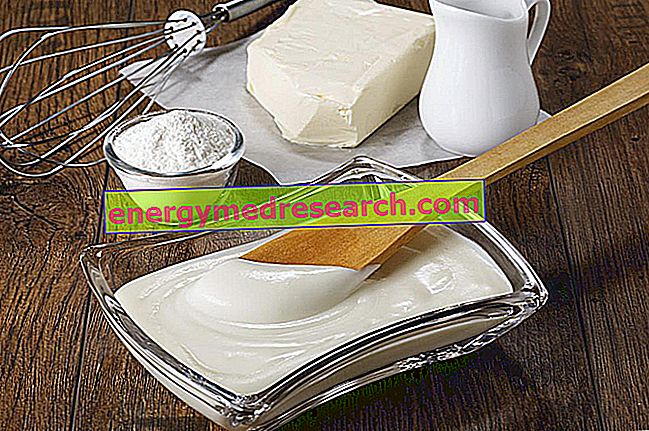
Béchamel is a light sauce made from milk, butter, flour, grated parmesan, salt and nutmeg (sometimes pepper). It can be flavored in various ways all different: made with cheese, mushrooms, vegetables, meat, cured meats, eggs, fish, etc. It represents a base of Italian cuisine and is also an ingredient in more structured sauces; a classic example (and among the most banal) is the aurora sauce: tomato sauce combined with béchamel.
The function of the béchamel sauce is to season, bind, harmonize the flavors, give succulence and support the gratin. It has a remarkable thickening capacity but its consistency can vary, depending on the final recipe, from semi-liquid to gelatinous. In itself, béchamel is a fairly caloric ingredient, rich in saturated fats, of which overweight or hypercholesterolemia patients should do without. These are all fairly common and unambiguously accepted concepts; on the contrary, not everyone knows the origins of béchamel ... how was the sauce born?
It is a completely Italian and, more precisely, Tuscan-Emilian preparation (although, at the time of its birth, Italy did not exist yet). In the beginning, the béchamel was called "glue sauce" and constituted a small amount of whole milk, broth, spices and cream (some also speak of veal).
At the hands of the chefs of Maria de 'Medici (second wife of King Henry IV) it was exported to France and, in honor of Louis de Béchameil (Marquis of Nointel and courtier) improperly took the name of "balsamella". This noun appeared for the first time in 1651 in a cornerstone of French culinary history, "Le cusinier Français", written by François Pierre La Varenne (cook of the Marquis of Uxelles, Nicolas Chalon). Obviously, the title was then adapted to the common Italian and became definitively "béchamel".



